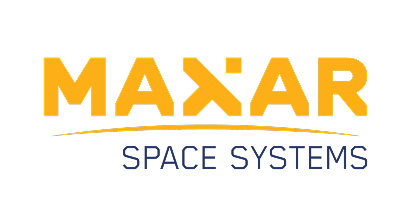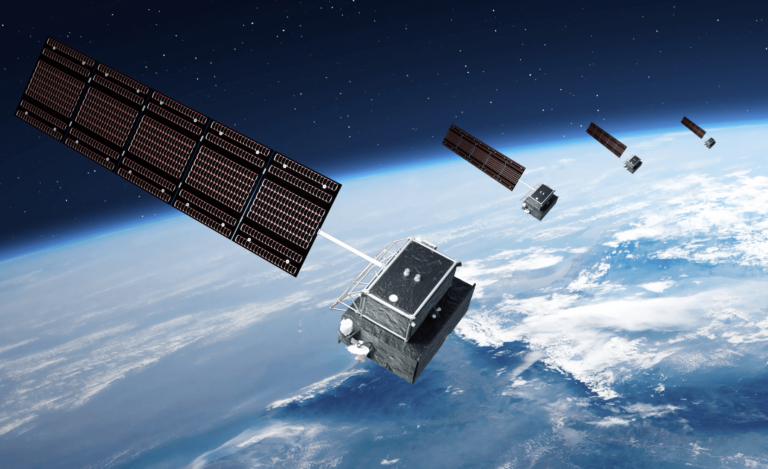The threat of advanced, low-atmosphere missiles like hypersonic weapons led the Space Development Agency (SDA) to expand beyond geostationary missile defense to a high-power low Earth orbit (LEO) constellation.
Called the Proliferated Warfighter Space Architecture (PWSA), this system consists of hundreds of optically linked small satellites in LEO, delivering rapid capability to warfighters. To develop the constellation’s Tracking Layer for missile defense, the SDA follows a spiral development approach, working with industry in two-year “tranches,” each improving capability from demonstration to full operational status.
In 2022, Maxar Space Systems was selected to build an agile bus for partner L3Harris’ payload that will detect and track missile threats in real time using infrared sensors. Later this year, the partners will see their efforts culminate with the first of two launches of SDA’s Tranche 1 Tracking Layer program.
“It’s been a very successful relationship over the last three years of working toward launch,” said Paul Wloszek, general manager for L3 Harris’ Missile Defense product line, which is integrating Maxar Space Systems’ bus with the overall payload. “Maxar Space Systems brought a long history of these high-power, low-jitter platforms with a commercial mentality that helps enable our overall space vehicle offering.”
“It’s been good for us to partner with L3Harris on Tranche 1. My counterpart and I talk virtually every day and they have an excellent relationship with the end customer and an in-depth knowledge of what they need to satisfy the mission,” added Joe Foust, vice president of Commercial and National Security Programs at Maxar Space Systems.
At its core, the SDA program required an affordable spacecraft platform that can output a lot of power.
Designing a high-power bus and payload that meets the SDA’s timelines for proliferated LEO required new levels of design and production agility, prompting Maxar Space Systems and its partners to rethink everything from manufacturing and infrastructure to supply chain resiliency. The result, said Foust, is “a very purpose-driven bus design” with the infrastructure and supplier base to deliver satellites in a high-rate production environment.
Power in a Lightweight Package
“The Maxar 300 is designed to handle a relatively heavy payload in a very lightweight structure,” said Foust. “We essentially developed the highest power capability for a bus within this class satellite.”
He estimated that the bus achieves power gains of over 20% compared with current bus platforms supporting similar-type missions. “That means you can detect threats faster and with more resolution and follow the threats for a longer time period.”
Depending on the mission, Maxar Space Systems can change the size of the physical bus to meet certain power levels, without increasing the price point or extending production schedules. That’s important because Tranche 2 of the Tracking Layer Program calls for new mass requirements, going from identifying and following a target, to providing the required information closer to the point of taking action.
“As we move from Tranche 1 to Tranche 2, we can accommodate these changes and not change our bus,” said Foust.
Building a bus with the capability for higher power while keeping development affordable required rethinking production and supply chain strategy. Maxar Space Systems converted part of its Silicon Valley facility into a high-rate production line for the product line, complete with new flooring and automation improvements that optimized workflows and streamlined the build process. “Our production line is sized to produce up to eight buses a month, easily meeting the rate required for both Tranche 1 and Tranche 2. We can also increase the rate further if necessary to meet the mission requirements,” noted Foust.
The first of 16 Maxar 300 buses for Tranche 1 has now been delivered to L3Harris’ production facility in Palm Bay, Florida, where they have commenced Space Vehicle integration and test activities prior to delivery and launch. Additionally, the first of two custom dispensers for launching eight space vehicles per launch is in testing at Maxar Space Systems’ Palo Alto, California, facility.





